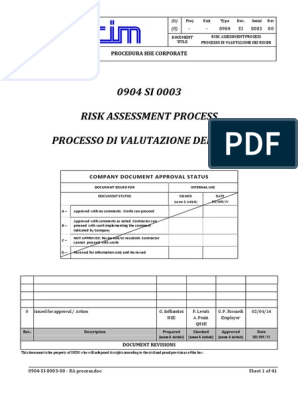0% found this document useful (0 votes)
64 views44 pagesOM-Lec 10 (Facility Layout)
The document discusses facility layout and different types of layout plans. It defines facility layout as the arrangement of physical facilities like machines, equipment, tools, etc. to allow for the quickest flow of materials at lowest cost. The key types of layouts discussed are product/line layout, which arranges facilities sequentially based on production steps, and process/functional layout, which groups similar machine types together. The document outlines factors to consider for effective layout planning like the production process, product type, and facility constraints.
Uploaded by
Ismatullah ButtCopyright
© © All Rights Reserved
We take content rights seriously. If you suspect this is your content, claim it here.
Available Formats
Download as PPT, PDF, TXT or read online on Scribd
0% found this document useful (0 votes)
64 views44 pagesOM-Lec 10 (Facility Layout)
The document discusses facility layout and different types of layout plans. It defines facility layout as the arrangement of physical facilities like machines, equipment, tools, etc. to allow for the quickest flow of materials at lowest cost. The key types of layouts discussed are product/line layout, which arranges facilities sequentially based on production steps, and process/functional layout, which groups similar machine types together. The document outlines factors to consider for effective layout planning like the production process, product type, and facility constraints.
Uploaded by
Ismatullah ButtCopyright
© © All Rights Reserved
We take content rights seriously. If you suspect this is your content, claim it here.
Available Formats
Download as PPT, PDF, TXT or read online on Scribd
/ 44



















































































































